Paraffin waxes in food agriculture industries
Paraffin waxes in food agriculture industries
Paraffin wax usage in the food industry is partly implied in paper industry applications, since a major part of paper products coated or impregnated with paraffin wax, and also laminated films and foils using paraffin waxes as adhesives are manufactured for food packaging. These applications have been discussed earlier. Paraffin wax is widely used in the poultry-processing industry for the wax picking of poultry, mainly for ducks and geese. After De-plumbing, the poultry is immersed in melted paraffin wax. When the wax coating has solidified, it is removed by a so-called whipping machine. The feather pins and small feathers left after depluming, embedded in the wax coat, will be removed together with it. Macro crystalline wax is unsuited for wax picking owing to its brittleness. The products used for this purpose consist of blends of macro- and micro crystalline paraffin waxes, together with additives, e.g. polyethylene wax. The micro crystalline wax increases flexibility, the additives serve to improve adhesion and toughness.
Paraffin wax products are frequently used for direct coating of food. The most important of such applications are coatings for cheese and fruit. The paraffin wax coat on the surface of the cheese prevents its desiccation, reduces loss in flavor substances, and protects the surface of the cheese from undesired moulding. The main requirements for paraffin waxes used for coating cheese are melting points between 55 and 75 “C, melt viscosity in the range of 5 to 15 mm2/s at 100°C, high flexibility and good adhesion. Flexibility is of importance from two viewpoints: it ensures that no cracking will occur under the effect of mechanical impact, and it allows the preparation of peel able coatings. Consequently macro crystalline slab waxes cannot be used by themselves for cheese coating, the formulation must always contain substantial amounts (60 to 80 wt- %) of micro crystalline paraffin wax and polymer additives. Among the types of micro crystalline paraffin waxes, those with melting points of 55 to 60 “C, manufactured from residual oil or from the paraffin wax by-product of residual oil by fractional crystallization, are particularly suited for high-grade cheese waxes. The additives used are synthetic rubbers, polyisobutylene, polyethylene waxes and various co-polymers.
Paraffin wax coatings are applied to fruit and other agricultural produces whose peel will not be consumed, and to those transported to long distances, for example to lemons, oranges, tangerines, melons, egg-fruit. In some countries apples, tomatoes and fodder beet are also being waxed. Fodder beet is waxed by immersion in melted paraffin wax at 120 to 130°C. For citrus fruits, a widely used process is to spray the fruit, as it passes on a conveyor belt, with a solution of paraffin wax in white oil. After coating, uniform thickness of the coat is achieved by brushing. In another process the wax is dissolved in gasoline and sprayed on the fruit. Melons, egg-fruit and tomatoes are coated by immersion in cold wax emulsions, after being washed with cold water. Main requirements for the emulsions are low surface tension, good wetting power and rapid drying after coating. The melting point of paraffin waxes used for emulsions is around 52 to 60 “C. The emulsifying agent is usually a soap-type product. For coating fruit and other agricultural produces, colourless, odourless and tasteless macro crystalline slab waxes are preferred. In agriculture, saplings, shrubs and grafts are frequently protected during storage against desiccation and plant diseases by coating with paraffin wax. The coating is carried out by immersion in melted paraffin or by spraying with a paraffin emulsion. For these purposes, mainly for immersion, blends of macro- and micro crystalline paraffin waxes are used. Coating waxes made with micro crystalline paraffin waxes yield impact-resistant, flexible coatings.

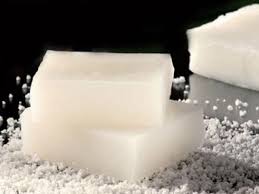
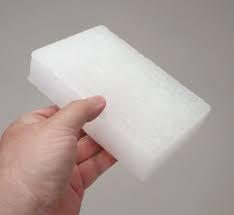
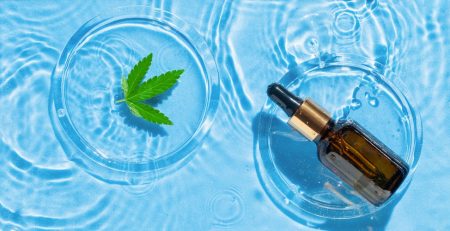
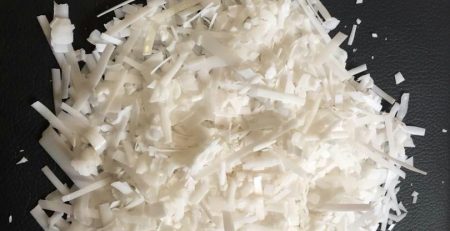
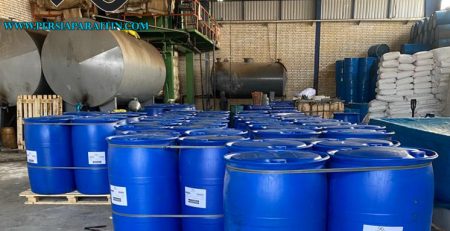
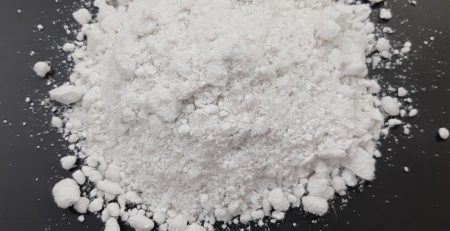



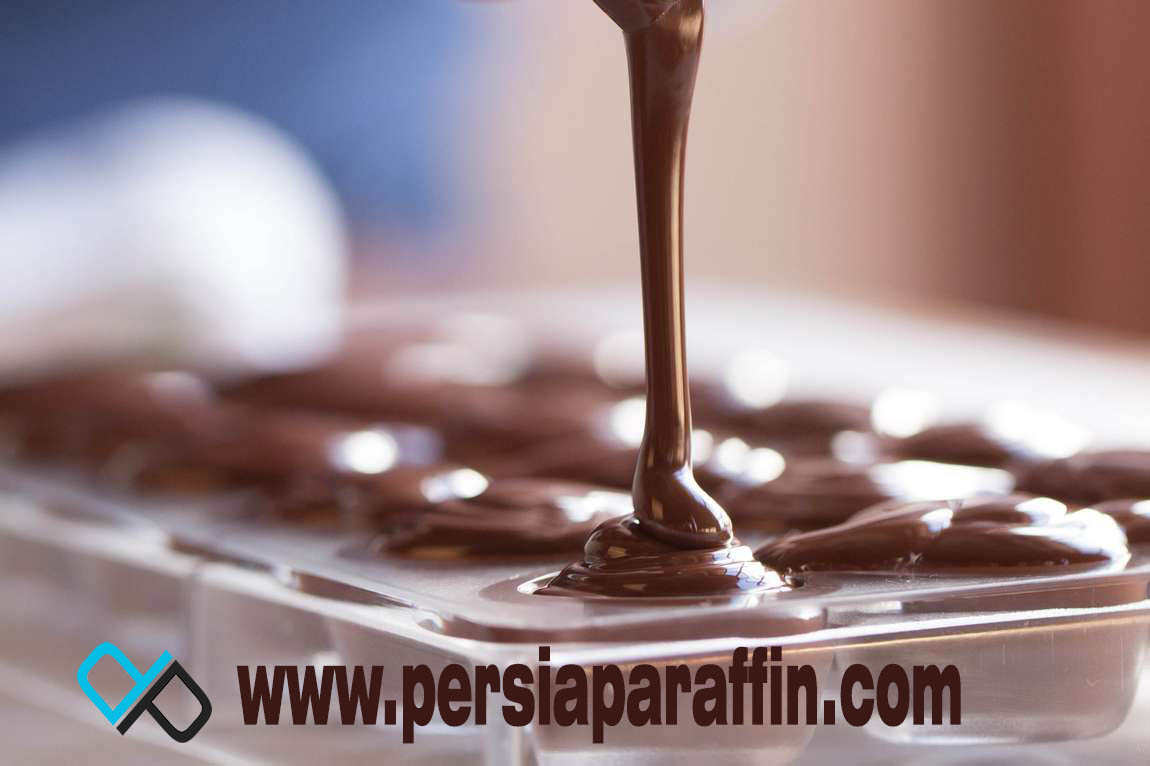
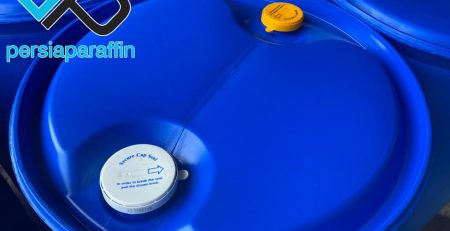

Leave a Reply
You must be logged in to post a comment.